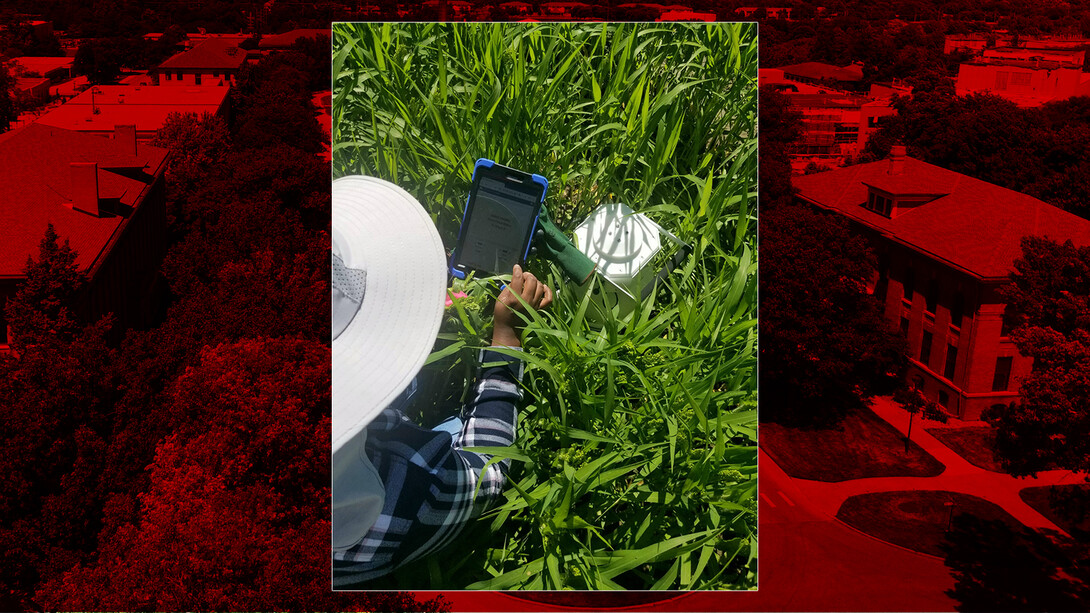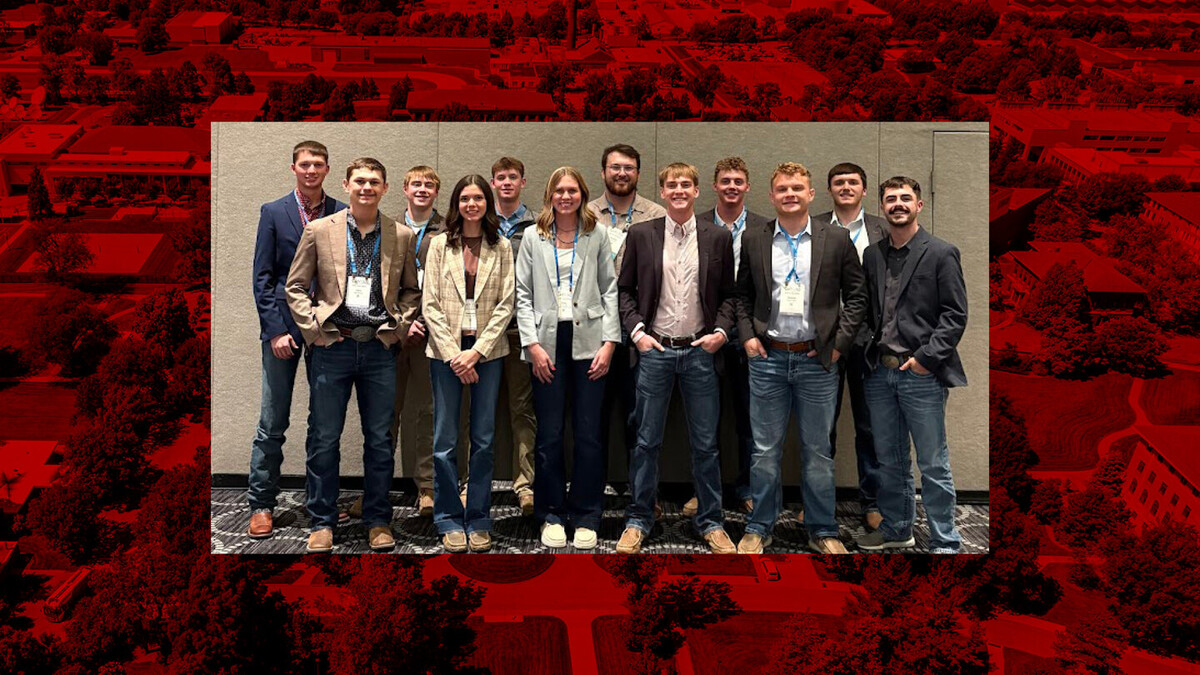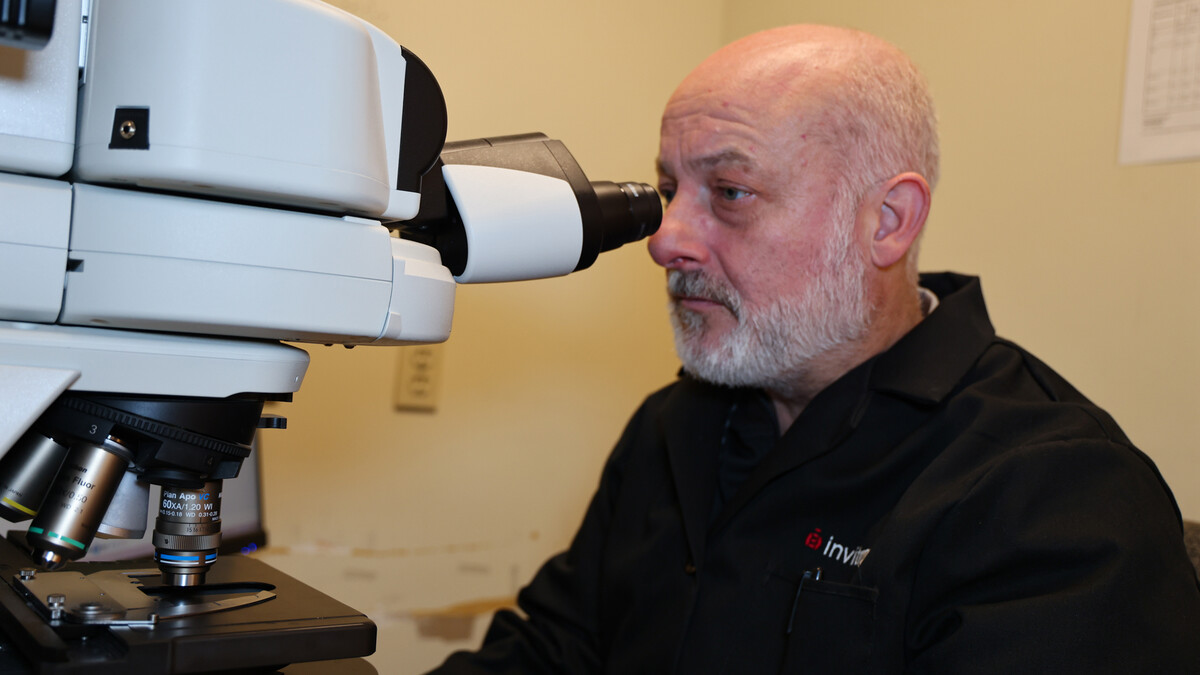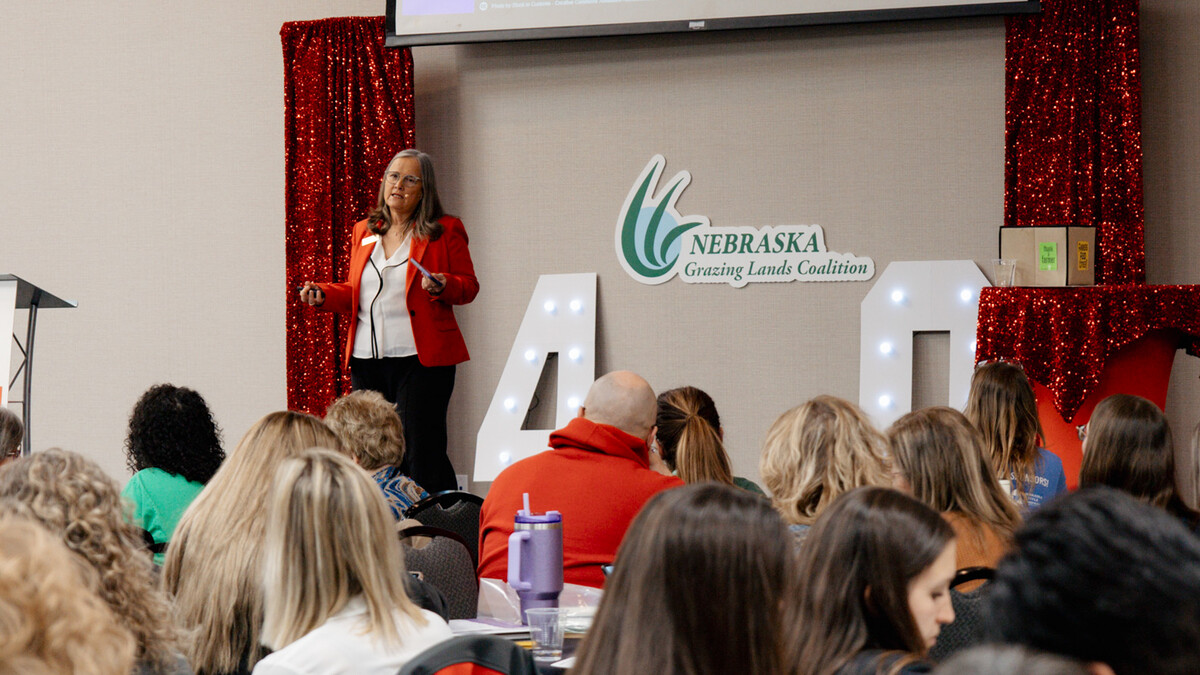
Lincoln, Neb. —The United Nations has declared 2023 as the International Year of Millets (IYM2023), contributing to six of the seventeen Sustainable Development Goals for 2030 – Zero Hunger, Good health and well-being, Decent work, and economic growth, Responsible consumption and production, Climate change, and Life on Land (FAO 2023).
The slogan “Rich in heritage, full of potential” is being used to convey and raise awareness about the multiple benefits of growing and consuming millets for the environment and human health, with a long-term goal of alleviating food insecurity. The key objectives for IYM2023 include providing a unique opportunity to increase global production, strengthening science and policy interactions, ensuring efficient processing and consumption, promoting better utilization of crop rotations, empowering stakeholders to take action, and building and strengthening new and old partnerships for millets worldwide (UN 2023).
In the United States, proso millet (known as ‘millet’) is the only commercially cultivated millet at present. Proso millet was first introduced in the US on the eastern Atlantic Coast by European immigrants in 1875 and is now generally grown in the Great Plains. About 90 percent of the total proso millet produced in the United States is grown in the states of Colorado, Nebraska, and South Dakota. Over the last twenty years, proso millet production in the US has been getting more popular but has been chiefly to cater to the demands of the bird-feed market, which neglects to utilize the crop to its full potential. USDA data indicates significant fluctuations in planted acreage and production statistics for proso millet over the last two decades, primarily driven by market price volatility. Combined with the lack of sound insurance coverage, farmers have no incentive to grow millet.
However, millet has several agronomic and nutritional advantages, making it an ideal substitute in the cropping system and food basket alike. Proso millet is a shallow-rooted crop that is adapted to be cultivated in semi-arid and arid environments, requiring the least amount of water among all cereals. It is a short-duration crop (60-90 days), making it an ideal alternative to be included in winter wheat-based crop rotations under dryland production conditions. It can be grown after a crop failure like winter wheat, thus aiding farmers in making additional profit. Regarding nutritional superiority, millets are naturally gluten-free and fiber-rich, aiding digestive health, especially for people with gluten sensitivities. Millets also have a low glycemic index (54-68) and can prevent blood sugar spikes and promote insulin sensitivity in diabetic patients. Due to these qualities, recent years have seen a steady rise in millet popularity and demand to meet the growing food demand worldwide while addressing food security concerns and climate change impacts on agriculture.
Research related to promoting proso millet among producers and consumers is still preliminary. Several knowledge gaps (lack of high-yielding varieties, agronomic constraints like weed and disease management, crop insurance, market limitations, lack of value-added products, etc.) need to be addressed to popularize the market for millet beyond just bird feed. The Alternative Crops Lab under Dr. Dipak Santra at UNL PREEC (University of Nebraska-Lincoln Panhandle Research, Extension and Education Center) aims to investigate some of these gaps in the coming years.
This year, we have started a field experiment to compare the greenhouse gas emissions (particularly nitrous oxide) between corn and proso millet to test if proso millet is a better sustainable crop than corn. In addition, a variety trial for proso millet was conducted for the first time at Havelock Farm in Lincoln to see how the crop performs in the eastern Nebraska climatic conditions. Work has been started to analyze the farmer profitability for different insurance coverage levels based on existing corn and proso millet data. With an anticipated increase in demand for proso millet post-IYM2023, we also aim to test the consumer preferences/demand for various products using proso millet as a primary ingredient.







